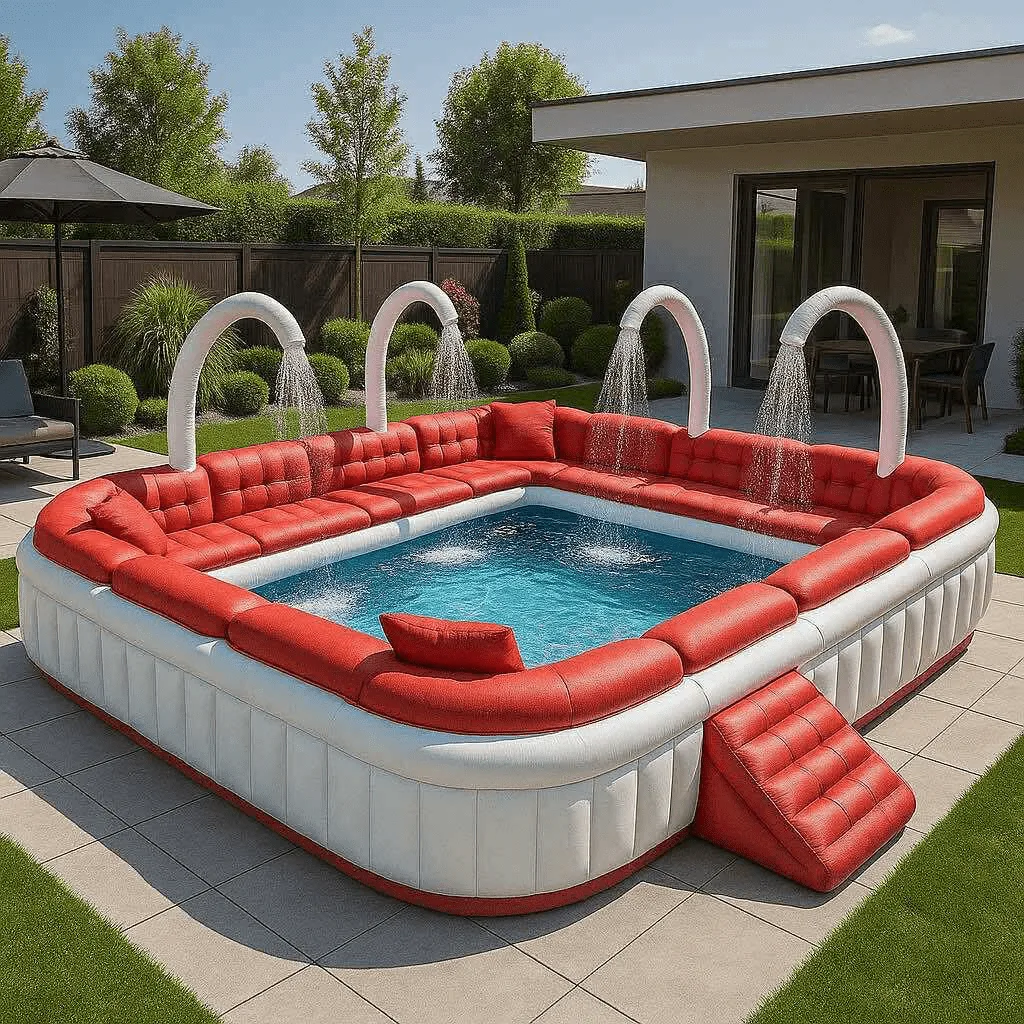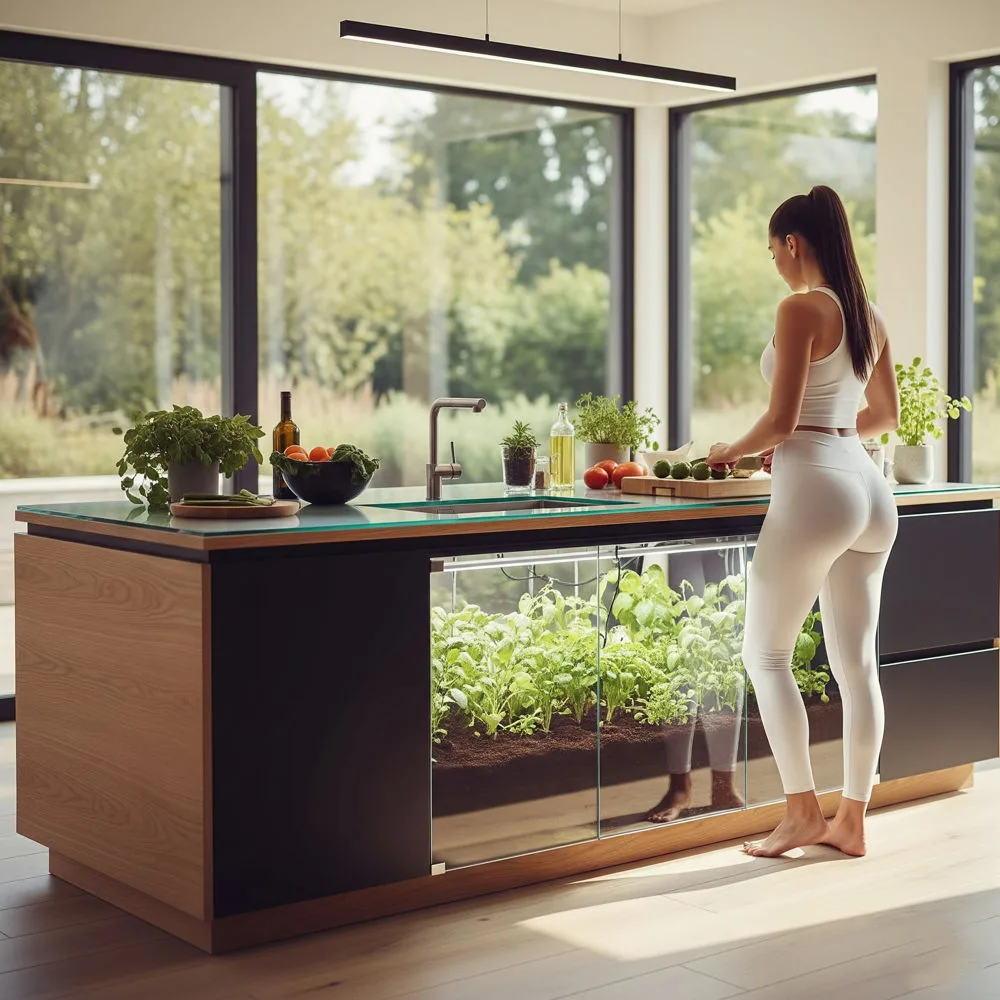The Magic of Teapot Garden Dens
Imagine stepping into your garden and being transported into a fairy tale world where whimsy and charm meet functionality. This is the essence of Teapot Garden Dens—uniquely shaped outdoor structures that resemble oversized teapots, blending storytelling and practicality into a cozy garden retreat.
For nature lovers, book enthusiasts, and those who appreciate quirky yet elegant design, a Teapot Garden Den offers aesthetic appeal, relaxation, and creative expression. These dens serve as private reading nooks, tea-drinking spots, meditation spaces, or even playhouses for children.
In this article, we will explore:
- The concept and inspiration behind Teapot Garden Dens
- The design features that make them unique
- The best materials for durability and sustainability
- How to incorporate them into different garden styles
- The practical uses and benefits of having a Teapot Garden Den
- Maintenance tips to keep them looking charming year-round
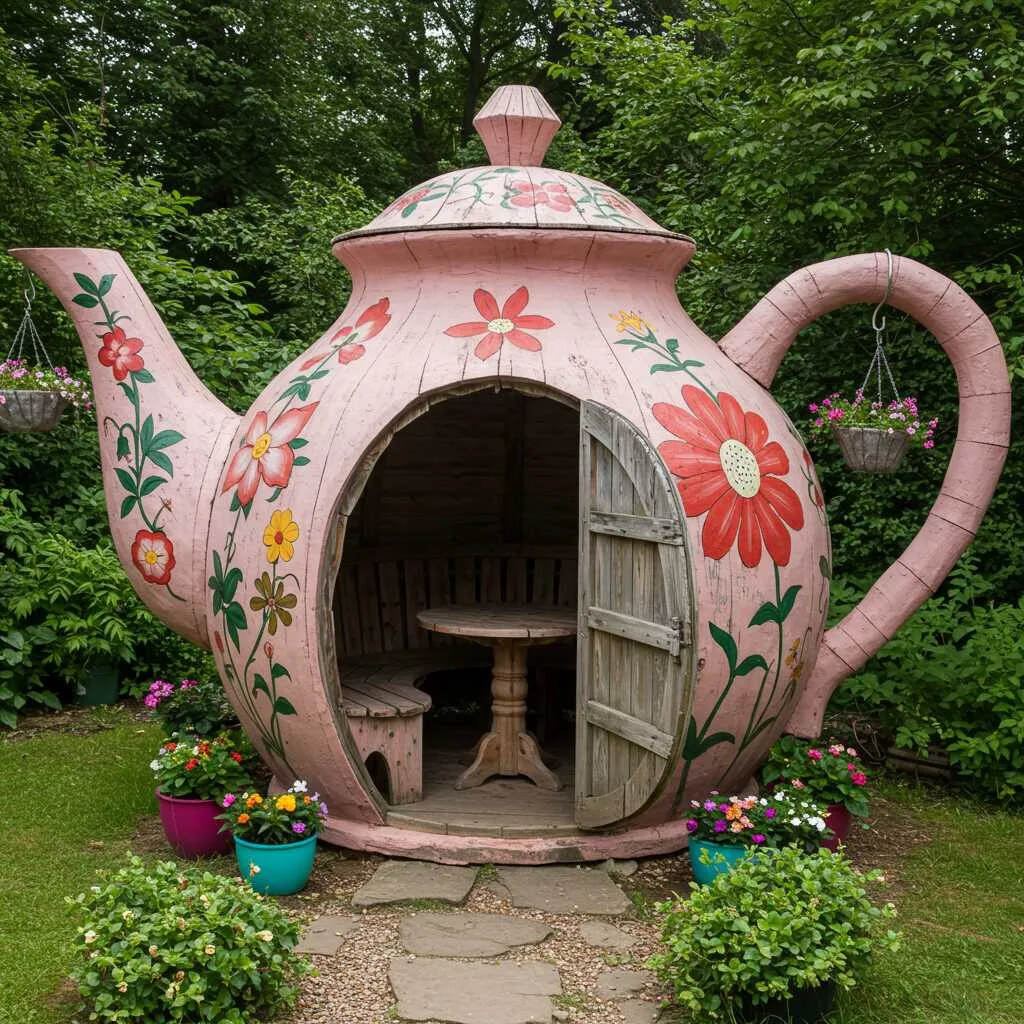
By the end of this guide, you’ll understand why Teapot Garden Dens are more than just decorative structures—they are functional, enchanting, and timeless pieces of outdoor architecture.
Exploring the Beauty, Functionality, and Charm of Teapot Garden Dens
1. The Inspiration Behind Teapot Garden Dens
The idea of a Teapot Garden Den stems from a blend of storybook fantasy, English tea culture, and innovative garden design.
a) The Storybook Influence
From Alice in Wonderland’s Mad Hatter’s tea party to whimsical cottages in fairy tales, the concept of a giant teapot as a retreat is both nostalgic and magical. These dens recreate the sense of wonder, curiosity, and adventure that we associate with classic literary worlds.
b) The Influence of English Tea Gardens
The traditional British tea garden is a symbol of elegance and relaxation. Incorporating a Teapot Garden Den into your backyard allows you to embrace this timeless culture, creating a space dedicated to tea rituals, social gatherings, or personal reflection.
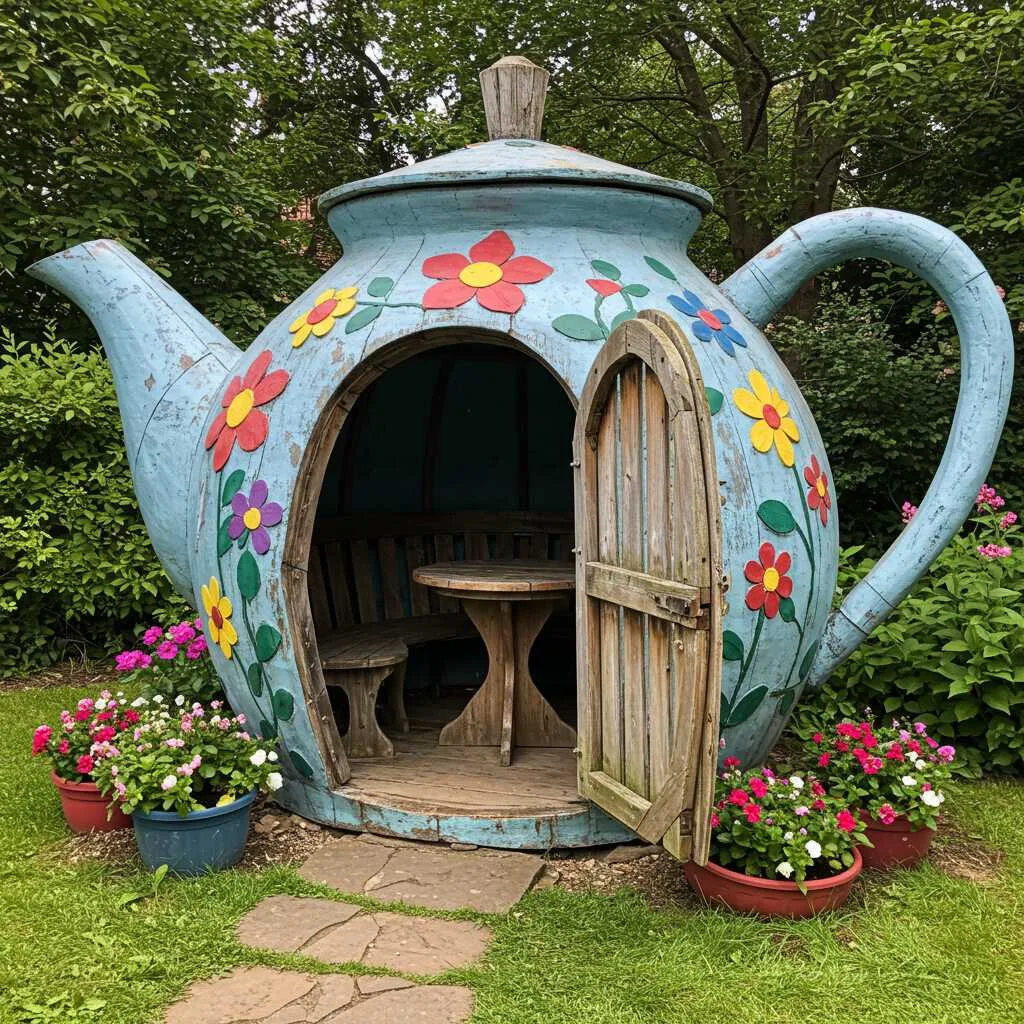
c) A Fusion of Art and Architecture
Modern garden architecture is moving beyond basic sheds and gazebos. A Teapot Garden Den merges functional design with artistic expression, making it a conversation piece and a personal sanctuary.
2. The Unique Design of Teapot Garden Dens
Each Teapot Garden Den is crafted with both aesthetic charm and usability in mind. Here’s what makes them truly special:
a) Distinctive Teapot Shape
- Rounded body to resemble a classic teapot.
- Arched entrance shaped like a teapot spout or handle.
- Curved roof mimicking the lid of a teapot, sometimes with a removable or retractable top for ventilation.
b) Size Variations for Different Uses
- Small dens (for cozy reading nooks or meditation spaces).
- Medium-sized dens (ideal for two to four people, perfect for tea gatherings).
- Larger dens (designed for family seating or multi-functional use).
c) Customizable Interiors
- Built-in bookshelves for literature lovers.
- Cushioned seating for comfort.
- Soft lighting and decorative elements like fairy lights, vines, and floral accents.
d) Window Placement for Natural Light
- Circular or stained-glass windows to maintain the whimsical aesthetic.
- Skylights or porthole-style cutouts to invite natural sunlight.
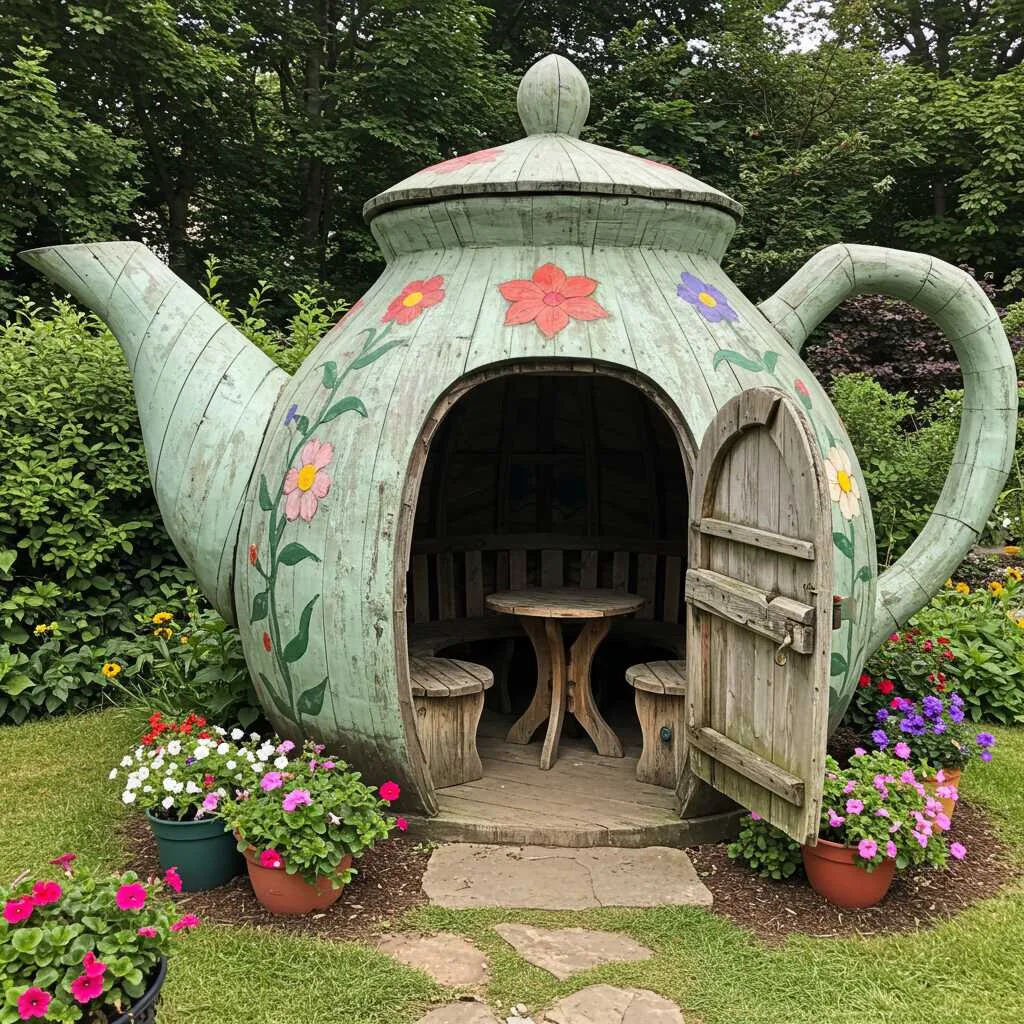
3. Choosing the Right Materials for a Durable and Eco-Friendly Teapot Garden Den
Since a Teapot Garden Den is an outdoor structure, material selection plays a crucial role in its longevity, sustainability, and overall charm.
a) Wood: A Classic and Natural Choice
- Cedar and redwood are resistant to rot and pests.
- Reclaimed wood offers a sustainable and rustic appeal.
- Can be painted in pastel tones or traditional teapot colors to enhance the whimsical effect.
b) Wicker and Rattan: A Bohemian Touch
- Perfect for a lightweight and airy design.
- Best suited for warmer climates or enclosed patios.
c) Metal and Ironwork: An Artistic Approach
- Wrought iron frames with intricate designs add a Victorian garden feel.
- Ideal for teapot dens with a mix of vines and floral decor.
d) Eco-Friendly and Recycled Materials
- Recycled plastics can be used for modern, low-maintenance versions.
- Bamboo and hemp materials create an organic and sustainable structure.
4. How to Incorporate a Teapot Garden Den Into Your Outdoor Space
Whether you have a small balcony garden, a vast backyard, or a cozy patio, there’s a Teapot Garden Den for every setting.
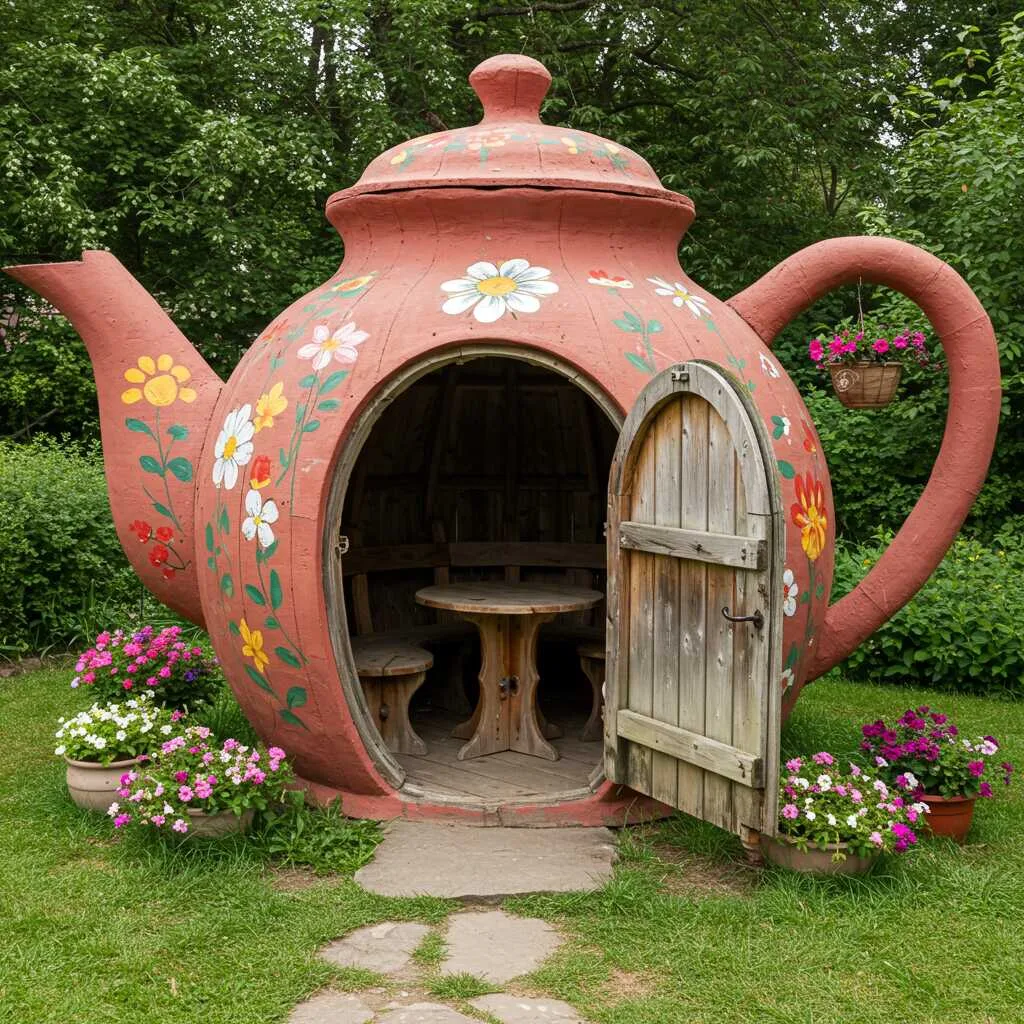
a) Cottage-Style Gardens
- Surround the den with flowering plants like roses, lavender, and peonies.
- Use a pastel-colored or vintage white teapot den to complement the English garden theme.
b) Zen and Minimalist Gardens
- Opt for a neutral-colored teapot den with smooth wooden textures.
- Place it near a koi pond or rock garden for meditation and relaxation.
c) Bohemian and Eclectic Outdoor Spaces
- Decorate with colorful cushions, hanging lanterns, and fairy lights.
- Use bright, unconventional colors to make the structure a statement piece.
d) Playful and Family-Friendly Backyards
- Add a mini version for children to use as a playhouse.
- Surround the den with whimsical stepping stones and garden gnomes.
5. The Practical Uses and Benefits of a Teapot Garden Den
Beyond being a decorative piece, a Teapot Garden Den serves multiple purposes:
a) A Tranquil Reading Nook
For book lovers, this den is a secluded, peaceful escape—a place to unwind with a good novel and a cup of tea.
b) An Outdoor Tea Lounge
Host afternoon tea parties with friends, creating an atmosphere that rivals English tea gardens.
c) A Meditation and Wellness Space
A quiet retreat for yoga, meditation, or journaling, away from the noise of everyday life.
d) A Romantic Outdoor Hideaway
String up twinkling lights, add cozy blankets, and transform it into an intimate setting for two.
6. Maintenance Tips for Keeping Your Teapot Garden Den Beautiful
To ensure your Teapot Garden Den remains a charming and functional retreat, follow these maintenance tips:
a) Protect Against Weather Elements
- Apply waterproof sealant on wooden surfaces.
- Use weather-resistant paint to prevent fading.
- Invest in a protective cover for rainy seasons.
b) Regular Cleaning Routine
- Dust and wipe down surfaces weekly.
- Check for pests if using natural wood or wicker materials.
c) Refresh the Interior with Seasonal Decor
- Summer: Light, breezy fabrics and floral cushions.
- Winter: Cozy blankets, warm lighting, and a mini heater.
Why a Teapot Garden Den is the Ultimate Garden Sanctuary
A Teapot Garden Den is more than just an outdoor structure—it’s a blend of art, relaxation, and personal escape. Whether used for tea time, meditation, reading, or entertaining guests, this whimsical yet practical addition enhances any garden space.
By choosing the right materials, design, and decor, you can create a one-of-a-kind garden sanctuary that reflects your personality and love for storytelling aesthetics.
So, if you’re looking to transform your backyard into an enchanting retreat, a Teapot Garden Den might be the perfect addition! 🍵🏡✨



